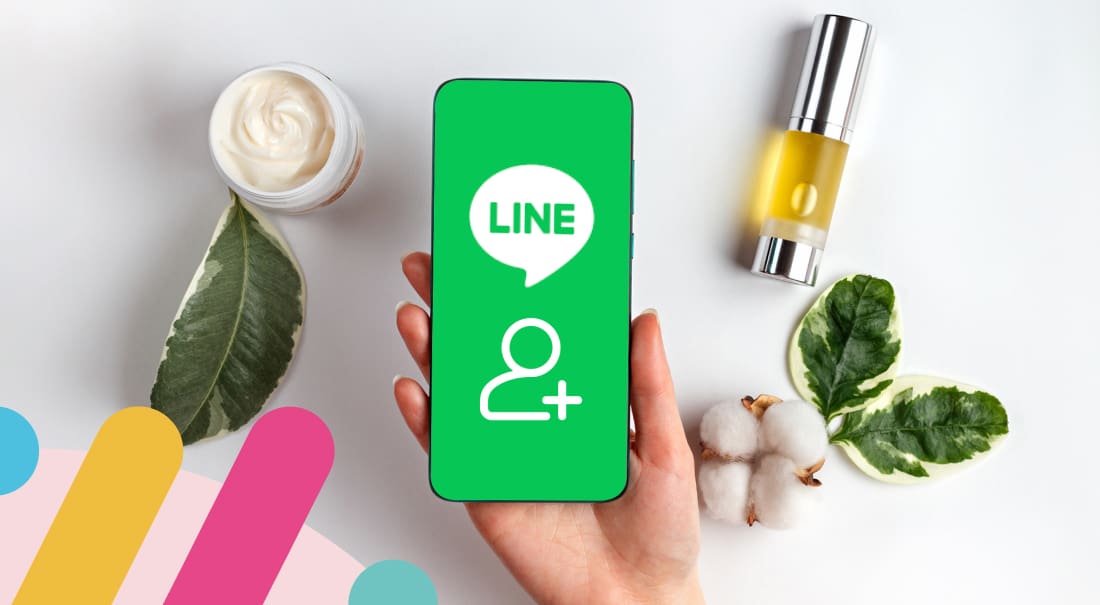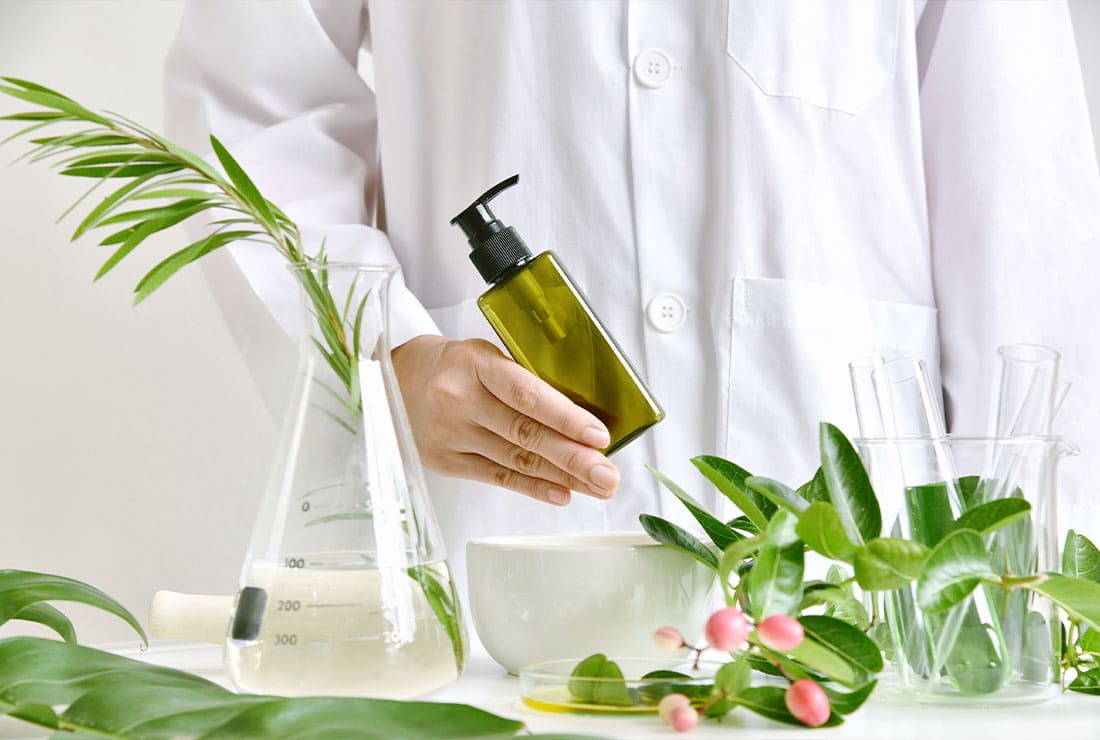Introduction
In Japan, LINE is more than a messaging app. It is a central hub for communication, payments, shopping, and entertainment, integrated into the lives of millions of people. For health, beauty, supplements, and fitness brands, a well-executed “LINE Friends campaign” offers a direct and cost-efficient way to reach consumers, with the potential to create relationships that last far beyond the first click.
A LINE Friends campaign refers to cost-per-friend (CPF) style acquisition via LINE Ads or placements that invite users to become official friends of a LINE Official Account. Once users are friends, brands can deliver relevant content, provide exclusive offers, and nurture deeper engagement. For wellness-related industries, where trust and credibility are essential, this model presents a unique opportunity to build loyalty, educate audiences, and encourage repeat purchases.
This article explores the essential components that make a LINE Friends campaign successful. It draws on examples from beauty and wellness brands in Japan, highlights common pitfalls, and provides practical insights that marketers can apply immediately.
Why LINE Matters for Health & Wellness Brands
LINE dominates the Japanese digital ecosystem. According to the LINE Business Guide, the platform reaches approximately 96 million monthly active users domestically, which is close to 80 percent of the population. As Oji Digital explains, LINE functions as a “super app,” combining messaging, social, payments, and commerce within a single platform.
For wellness brands, several characteristics of LINE stand out. Messaging feels more personal and trusted than email or display advertising, which is particularly important when addressing sensitive topics such as health or skincare. Engagement levels are also significantly higher: studies have shown that LINE messages achieve open rates of 80 percent or more, compared with far lower averages for email in Japan (LINE Yahoo Blog). The app is opened multiple times per day by most users, meaning brands have frequent opportunities to connect. Once a user becomes a friend, segmentation options make it possible to tailor messages and offers to their specific needs, building loyalty over time.
Essential Components of an Effective LINE Friends Campaign
Audience targeting and campaign setup
The foundation of any effective campaign is precise audience targeting. Unlike broad awareness ads, CPF campaigns need to attract users who will engage consistently, not just click once. Demographics, such as age and gender, are often the starting point; for example, women in their twenties and thirties for skincare products or men in their forties interested in fitness. Beyond demographics, interest targeting helps identify people already browsing health-related content.
Lookalike audiences based on existing customers can extend reach to similar profiles, while retargeting website visitors who explored wellness content but did not purchase helps bring interested users back into the funnel. Structuring campaigns carefully is also important. By dividing ad groups according to creative type or incentive, marketers can track which approach produces the lowest CPF and shift budgets accordingly.
Incentives that work in wellness campaigns
A successful LINE Friends campaign depends on offering users a strong reason to add a brand as a friend. In the wellness sector, incentives tied directly to customer needs consistently outperform generic updates or news announcements. Some of the most effective incentives include:
- Discount coupons or vouchers (¥500–¥1,000 off first purchase)
- Loyalty points or member-only bonuses
- Limited-time LINE stickers or wallpapers tied to brand identity
- Free samples or trial-size products
- Exclusive content such as digital wellness guides or beauty tips
One example is L’Occitane Japan, which combined membership benefits with limited offers to expand its LINE friend base during the pandemic. The campaign not only drove acquisitions but also enabled segmentation for more effective communication afterward. Other wellness retailers have found success by linking exclusive guides or digital downloads to friend acquisition, ensuring that the offer reinforces brand positioning rather than acting as a stand-alone incentive.
Smooth onboarding and user flow
A frictionless user journey is essential for maximizing conversions once a user clicks an ad. The opt-in process should be as simple as possible, ideally requiring no more than a single tap. When additional landing pages are necessary, they must be mobile-optimized and fast-loading, since even a short delay can cause drop-off.
After a user becomes a friend, the first impression is crucial. A welcome message should confirm the benefit promised in the ad, such as a coupon code or digital guide, while also setting expectations about the type and frequency of messages to follow. By introducing the relationship clearly and immediately delivering value, brands establish trust from the outset.
For example, a skincare retailer might lead users from a coupon ad directly into LINE, then send a welcome message with the coupon code and a short set of hydration tips. This not only confirms the transaction but also begins positioning the brand as a helpful source of advice.
Content strategy to keep friends engaged
Acquisition is only the first step. The long-term success of a campaign depends on consistent, valuable engagement. Wellness brands are uniquely positioned to combine promotional offers with useful lifestyle content that reinforces their credibility.
For supplements, reminders and educational content can help customers stay consistent with their regimen. Fitness brands can send short workout or stretching tips, while beauty brands might share seasonal skincare advice such as pollen-related protection in spring or hydration strategies in summer. Periodic offers, such as bundle deals or flash sales, keep the promotional side active without overwhelming users.
Variety is critical. To sustain engagement, brands should rotate creative formats and test different approaches. For example:
- Alternating between visuals, short videos, and polls to prevent fatigue
- Sending segmented content to active vs. less engaged users
- Timing campaigns around seasonal needs such as flu prevention or summer body care
Over time, testing and refinement create a more personalized and effective content strategy.
Measurement and optimization
The effectiveness of a LINE Friends campaign is measured primarily through CPF, the cost required to acquire each new friend. Within LINE Ads Manager, CPF can be tracked directly, while the Official Account Manager provides data on message opens, clicks, coupon redemptions, and user churn.
Wellness and beauty campaigns in Japan typically report CPF in the range of ¥300 depending on targeting, incentive, and creative execution. This benchmark is supported by case studies shared by LYC Biz (in Japanese).
Optimization requires continuous adjustment. Key tactics include:
- Refreshing creatives every two to three weeks
- Testing alternative incentives to sustain user interest
- Excluding low-engagement audiences to maintain CPF levels
- Adjusting message frequency to reduce churn
By treating acquisition as an ongoing cycle of testing, measurement, and refinement, brands can achieve both efficiency and long-term ROI.
Common pitfalls to avoid
Several missteps commonly undermine campaign success. Over-reliance on one type of incentive often leads to fatigue, as users lose interest in repeated coupon offers. Focusing exclusively on promotions, without providing wellness content, risks alienating users who joined expecting ongoing value.
Failing to test multiple creatives is another issue. A campaign that relies on a single advertisement quickly sees CPF rise as audiences tire of the message. Equally problematic is neglecting the welcome flow, which leaves new friends disengaged from the start. Finally, many brands ignore churn data and miss the chance to learn from users who unfriend them.
The lesson is simple: campaigns must balance incentives with wellness content, test multiple creative formats, and nurture new friends immediately after acquisition.
Practical takeaways for wellness brands
Wellness brands planning LINE Friends campaigns can benefit from a focused checklist that summarizes best practices:
- Offer a strong, relevant incentive tied to your brand’s value
- Keep onboarding simple, with a clear welcome flow
- Provide a balance of promotional offers and helpful wellness content
- Rotate creatives regularly and track engagement trends
- Measure CPF alongside long-term metrics such as retention and conversion
Seasonal campaigns provide additional opportunities. New Year fitness challenges resonate strongly in January, while skincare campaigns tied to spring allergies or summer UV protection create timely relevance. Flu-season supplement campaigns, meanwhile, reinforce trust by providing content that directly addresses consumer concerns. By aligning campaigns with seasonal rhythms, brands can ensure that their messaging feels both helpful and engaging.
Conclusion
LINE Friends campaigns provide health, wellness, and beauty brands in Japan with a uniquely effective channel for building permission-based relationships. By focusing on precise targeting, meaningful incentives, seamless onboarding, and ongoing engagement, brands can move beyond transactional marketing and foster genuine trust.
The goal is not simply to acquire friends at the lowest cost, but to transform those friends into loyal customers who stay engaged and make repeat purchases. For companies entering the Japanese market or scaling existing operations, LINE represents an essential platform for connecting with consumers in an authentic and effective way.
If your brand is considering a LINE Friends campaign in Japan’s health and wellness sector, Netwise can help. Our team combines local expertise with hands-on campaign experience to design strategies that deliver measurable results. Get in touch here.




